SliTaz 5.0 Review
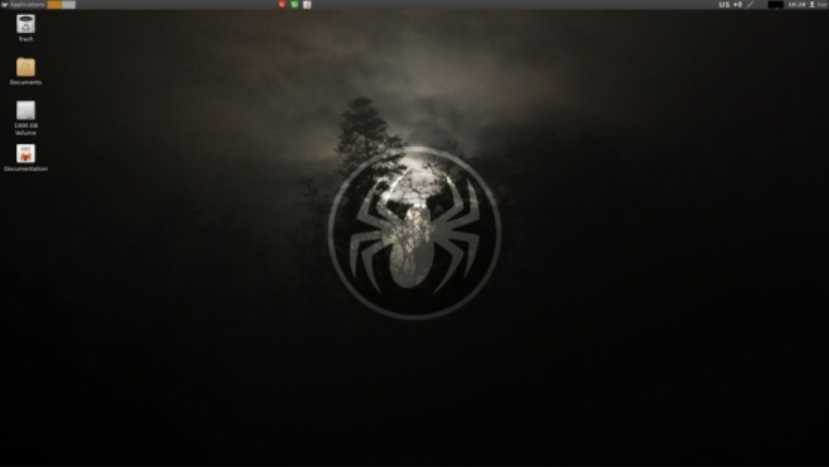
As part of our series focusing on Linux distributions from outside the Debian-Ubuntu family, this time around we are going to look at SliTaz GNU/Linux. Read our SliTaz 5.0 Review.
SliTaz is a very lightweight distribution that is aimed at older hardware, much like Puppy Linux, but with some interesting differences that make it worth a close look.
Background
SliTaz has been around for a while. Its first release was on 22 March, 2008, so it is a fairly mature project.
The current version is SliTaz 5.0, a rolling release that has a new version available each week made from incorporated updates.
SliTaz 5.0 had a protracted development period, over six years, starting in 2014, with the release on 23 February, 2020.
SliTaz is an independent Linux distribution, meaning it is not
based on another distribution. It is developed by the SliTaz GNU/Linux Association, a non-profit organization based in Switzerland. Anyone can join and become a supporter. The developers working on it come from all over the world, so it is a truly global project.
The unusual name comes from: Simple, Light, Incredible, Temporary Autonomous Zone. That is a reference to the 1991 book T.A.Z.: The Temporary Autonomous Zone by the anarchist writer and poet, Hakim Bey, which is the pen name of Peter Lamborn Wilson. The
book deals with socio-political tactics in creating temporary spaces to elude the formal structures of control. I think that undercurrent probably accounts for SliTaz’s spider logo and its dark, brooding, post-apocalyptic-looking wallpaper selection.
Getting SliTaz
The official website offers a number of different versions of SliTaz in 32-bit and 64-bit, core and desktop. The main download offered is the current 32-bit desktop version of SliTaz 5.0, which is a very small 53.6 MB. To put that size in perspective, the FossaPup 9.5 version of Puppy Linux is 409 MB, and that is a lightweight distribution too! Those compare to the current version of Ubuntu at 2.9 GB, making SliTaz basically 2% of the download size of Ubuntu. It is hard to believe that you can get a complete desktop operating system in 53.6 MB, but SliTaz proves that you can.
Downloads are via http only, no bittorrent, and no https either, so your browser will probably warn you about insecure downloads like Firefox did when I ran the download. You could use wget from the command-line, too. Due to the small file size, it doesn’t take long to download.
Make sure you run an MD5 checksum to ensure the download is good. MD5 sums are provided, but not the more secure SHA256 sums, which would be better.
I used Ventoy 1.0.71 to run SliTaz from a USB stick. Once Ventoy is installed on the stick, installing SliTaz is as easy as copying and pasting the ISO file with your file browser. Ventoy takes care of the rest at boot-up, and it worked perfectly.
SliTaz doesn’t support UEFI, so the boot has to be in a non-UEFI environment.
System requirements
There are no release notes for SliTaz 5.0, but 4.0’s notes indicate it needs 192 MB for the desktop version, although a text version can be run with 48 MB of RAM. That all means that SliTaz is perfect to run on that old Windows XP hardware
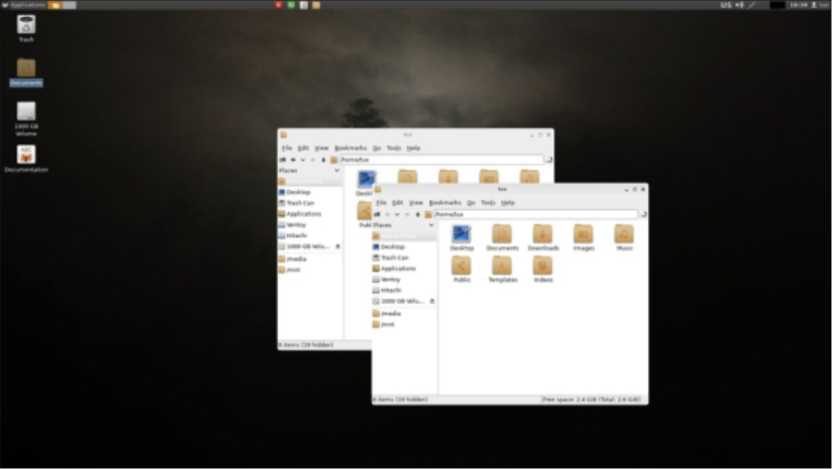
you have been using as a doorstop. Like Puppy Linux, SliTaz loads into RAM, making even old computers feel very light and quick.
I tested SliTaz on a nine year-old desktop PC with a dual-core 3.3 GHz processor and 6 GB of RAM and it ran very fast.
Running SliTaz
I will admit that I had low expectations for SliTaz. Most lightweight Linux distributions tend to be quirky, odd, and lack things found on more fully-featured desktop distributions. I thought that the tiny download did not portend great things, but I will admit that I was pleasantly surprised!
When it first boots up, SliTaz 5.0 shows a creepy-looking spider logo and post-apocalyptic wallpaper. It really looks like Wednesday Addams’ desktop. But wait, that panel at the top looks oddly familiar and, yes, turns out to be LXpanel. A quick adjustment sets it to the bottom of the screen. The file manager turns out to be PCManFM, a fully featured file browser. A check of the packages shows that SliTaz is running the venerable LXDE desktop, the same as Lubuntu used – up until its transition to LXQt with the release of Lubuntu 18.10 in October 2018. Once you get past the wallpaper, SliTaz has a friendly familiarity to it.
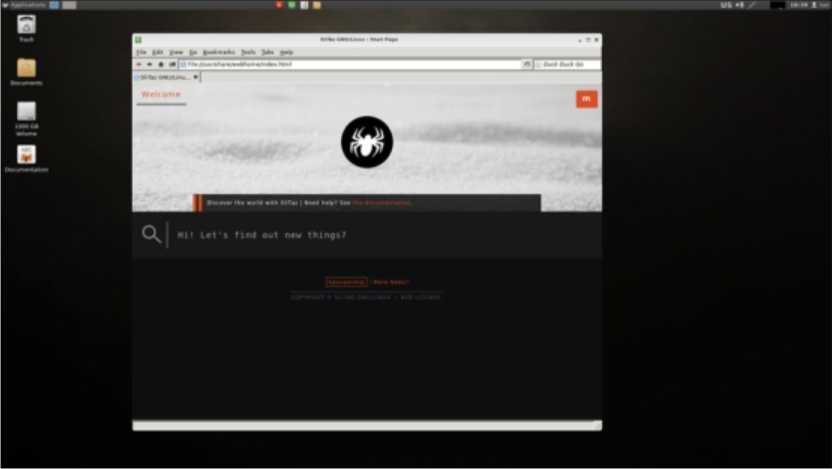
For anyone who has used LXDE, this will all seem familiar, and for those new to this desktop, it is simple and intuitive, with everything on a single menu.
With LXDE, SliTaz has lots of settings available. The OpenBox 3.6.1 window manager has eight window color schemes, and there are 15 themes and three wallpapers to choose from so it is easy to customize.
Unlike in Puppy Linux, where the user is always “root”, SliTaz boots up in a limited user account, naturally enough named “Tux”. Root privileges are useful for some tasks, though, and can be gained directly in some applications or through opening an application through a terminal with “sudo”. The default root password is “root”.
With the whole operating system loaded into RAM, SliTaz is blazingly fast. No need to wait while applications open, it’s already there.
SliTaz can be booted from a USB stick or other medium, and just run in RAM, even on a computer with no hard drive, but it can also be installed conventionally and booted into RAM from a hard disk.
Applications
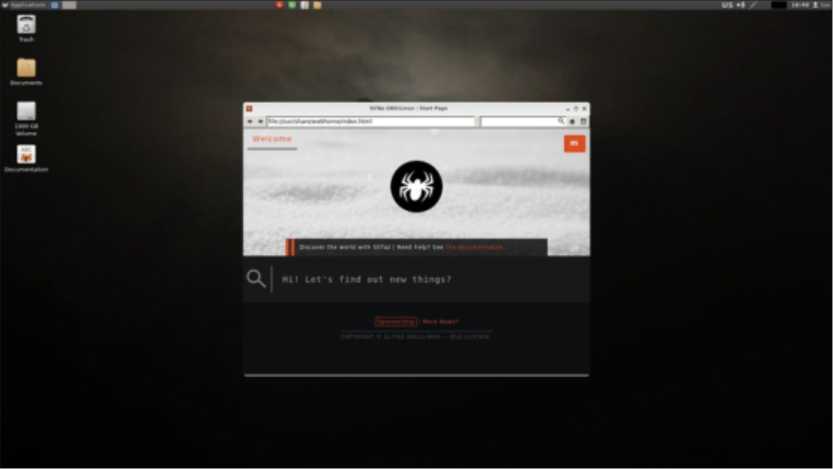
Where SliTaz saves on download size is not so much on the system side, as in the applications, since it doesn’t come with a lot. Here are some of what is included: ALSA Player 0.99.81 audio player ePDFview 0.18 PDF reader GPicView 0.2.5 image viewer Leafpad 0.8.18.1 text editor Midori 0.5.2 web browser mtPaint 3.49.25 image editor Nano 4.8 text editor PCManFM 1.3.1 file manager TazPanel 638 system and package manager TazWeb 209 web browser and video player Xterm 356 terminal emulator
It comes with 18 games from the webgames package, plus nanochess.
There is no word processor, no email client, no webcam, nor even a screenshot tool. The good news is that it has a well-stocked repository of applications in a unique SliTaz format (.tazpkg), and a really remarkable tool for managing them, TazPanel.
TazPanel really does everything. Aside from installing and removing packages, it also allows installing SliTaz to your hard drive, managing updates and hardware, some settings and many other features. It is an impressive bit of gear and was developed especially for SliTaz.
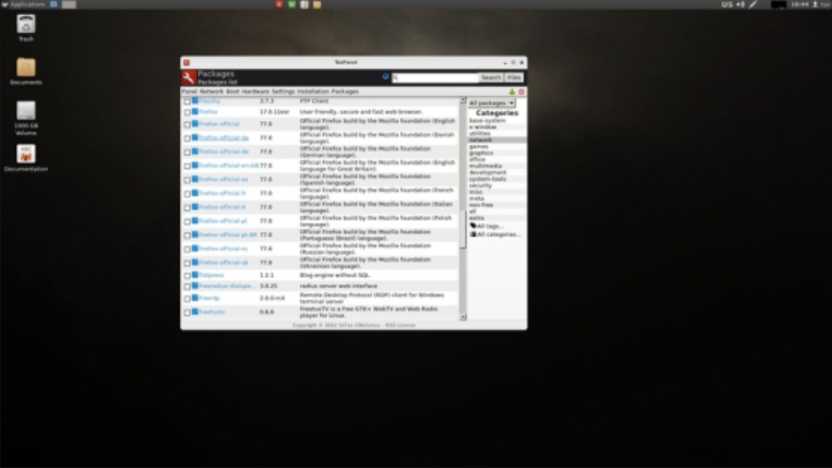
TazPanel even has a toggle switch to allow you to use it as “root”, after entering the root password.
While it comes with two lightweight web browsers, the SliTaz repositories have more fully-featured browsers, like Firefox, available. Likewise, LibreOffice is in the repositories, as well, along with 4,967 other packages. It even has some rare applications, like the Tesseract command-line Optical Character Reader.
SliTaz 5.0 uses the BusyBox 1.31.1 collection of Unix utilities, and currently has Linux kernel 3.16.55. This is an older kernel released on 4 March, 2018, so don’t expect SliTaz 5.0 to run on hardware newer than that vintage.
The combination of a small download with very few default applications, and a well-stocked cupboard of software that can be easily installed, is actually a very smart way to go. It makes the download small, of course, but also reduces clutter – you just install what you need and don’t have to spend time removing a lot of cruft or put up with cluttered menus.
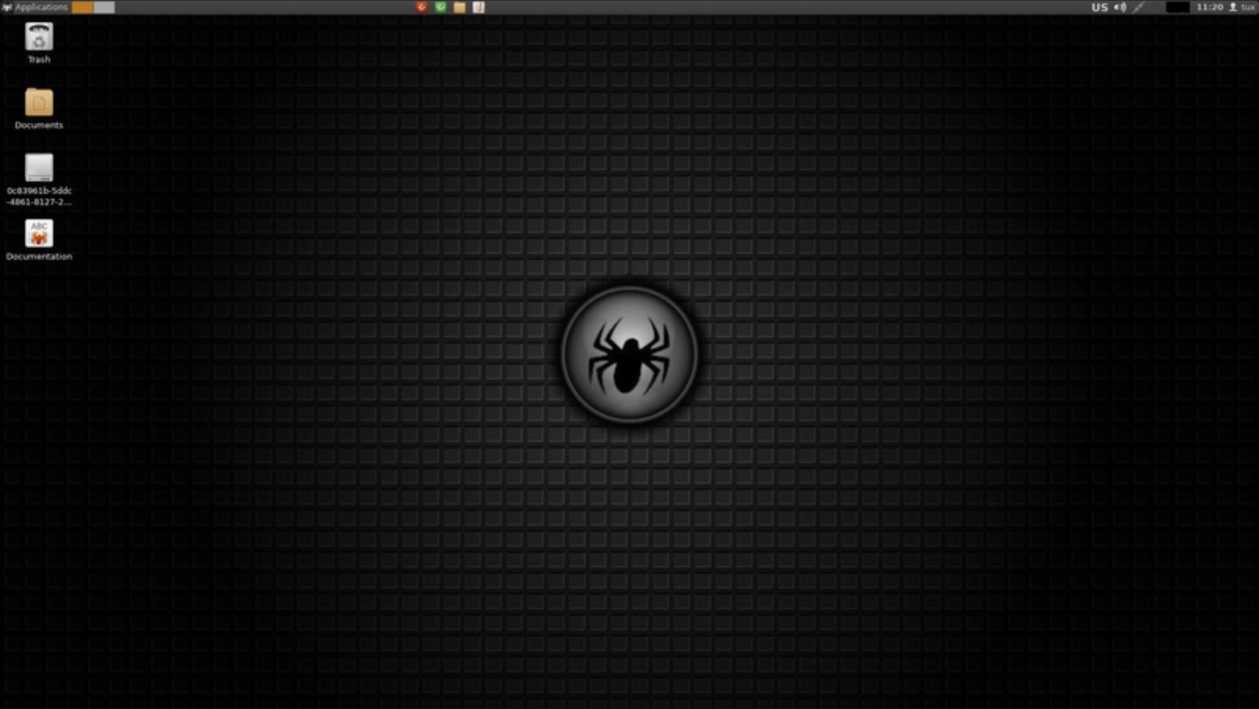
Between TazPanel and the settings available, it is quick to customize SliTaz and make it look and work like you want. You can even brighten up the gloomy post-apocalyptic color scheme, if you like.
Conclusions
SliTaz turned out to be a nice surprise in a small package.
It is clear from going through the tools and menus, as well as using it, that a great deal of care has been put into this distribution, making it really look and work like a full-featured Linux distribution, all in a lightweight package suitable for older hardware.
SliTaz really is the Linux distribution to get that old computer back into service!
External link
Official website: https://slitaz.org/en/
Adam Hunt started using Ubuntu in 2007 and has used Lubuntu since 2010. He lives in Ottawa, Ontario, Canada, in a house with no Windows.





